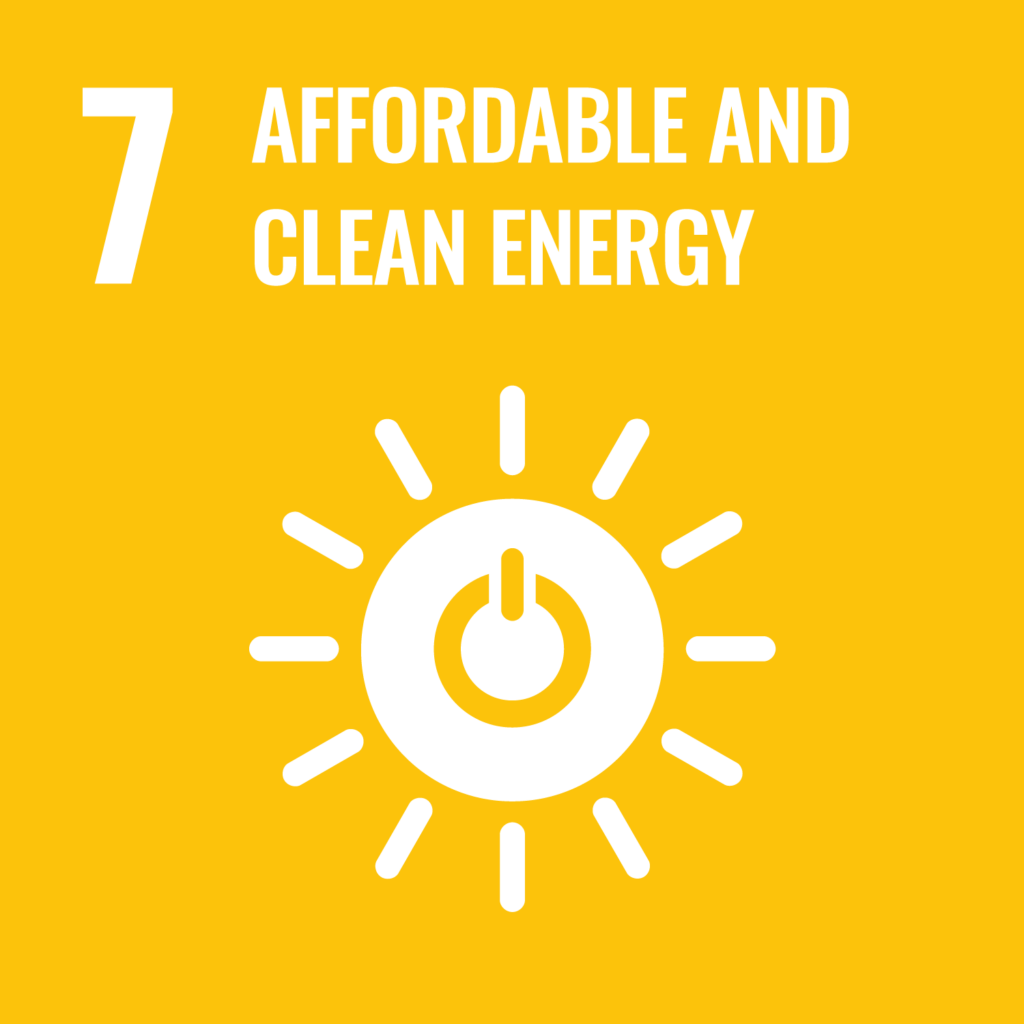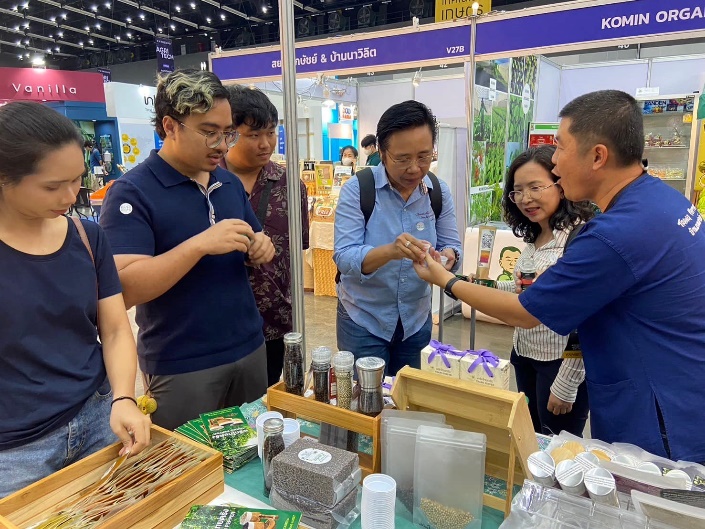Reporters : Mr.Konto Pantongkam,
Asst.Dr.Pituk Bunnoon,
Asst.Dr.Phatchakorn Areekul,
Mr.Sutaporn Getpun
Indicator : 7.4.1
Date : 4 April 2022
Related SDGs:

“Biogas” is a form of clean energy produced from various waste sources, including animal manure, livestock farm wastewater, factory wastewater, garbage, and agricultural waste. This energy is generated through a fermentation process that breaks down organic matter into anaerobic gases using various types of bacteria. Biogas typically consists of around 60-70% methane gas (CH4) and 30-40% carbon dioxide (CO2), along with traces of hydrogen sulfide gas (H2S) and nitrogen gas (N2).
Methane gas, a component of biogas, serves as a versatile fuel source and can be used for cooking, as car fuel, and in various industrial applications. Establishing a community and household biogas system involves fermenting agricultural and household waste in gas ponds and creating a pipeline to use the gas for cooking, eliminating the problems of unpleasant odors and toxic gases associated with agriculture and animal husbandry. This approach reduces costs for residents in the Bo Dan Sub district Community of Sathing Phra District, Songkhla Province. Furthermore, it allows households to produce their own biogas with a system tailored to community and household needs, complete with a basic infrastructure and fermentation tanks for community gas production. This not only reduces expenses but also enables the future use of natural gas as a household fuel.

Fig.1 biogas system at the community.
Related Links:



